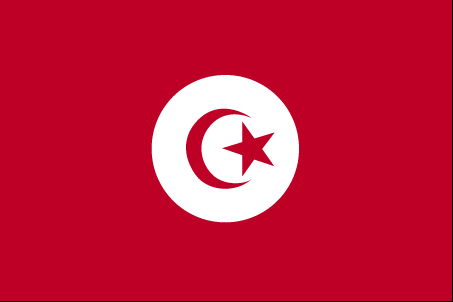With its first TNA completed in 2017, Tunisia has begun revisiting its findings in early 2025. Building on key national documents such as the latest NDC, Tunisia strives to reassess its priority sectors and key climate technologies that will help the North African country in responding to climate change challenges.
Tunisia, a North African country bordering the Mediterranean Sea and the Sahara Desert, has a diverse climate ranging from a Mediterranean climate in the north to a desert climate in the south. The northern regions experience mild, rainy winters and hot, dry summers, while the central and southern parts of the country are characterized by a more arid climate with sparse rainfall. The coastal areas enjoy a more moderate climate due to the influence of the Mediterranean Sea. Tunisia is the smallest country in North Africa, where it is located between Algeria and Libya and borders the Mediterranean Sea. The coastline extends for 1,300 km, and nearly 70% of the population live in the coastal areas.
Climate change poses significant risks to Tunisia, impacting various sectors and exacerbating existing vulnerabilities. The country is expected to face increased temperatures, reduced and more erratic rainfall, and a higher frequency of extreme weather events such as droughts and floods. These changes threaten water resources, agriculture, and coastal zones, which are crucial for the country’s economy and livelihoods.
Tunisia completed its first TNA in 2017, focusing on identifying pathways to the uptake and diffusion of climate technologies in the agriculture, water, and costal zones sectors for mitigation, – and the industry and transport sectors for mitigation, respectively. In late 2021, the country updated its first NDC, significantly raising national climate ambition to lower GHG emissions by 45 % in 2030. Further, Tunisia revised its adaptation objectives, striving for a more comprehensive, cross-cutting approach when addressing climate change related challenges.
Building on the detailed NDC, Tunisia is currently updating its first TNA, revising relevant climate technologies and action plans for the key mitigation and adaptation sectors, identifying pathways that can support the country in achieving its climate targets and sustainable development goals.
Tunisia’s first TNA contributed to the following Sustainable Development Goals:







